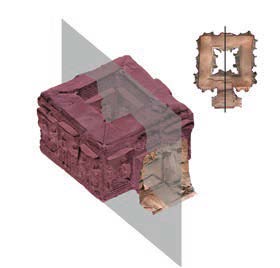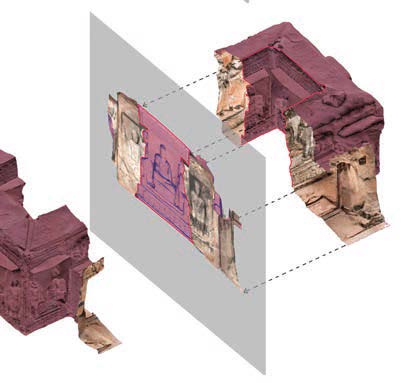Digitization projects at the Cultural Heritage Research Institute, Zhejiang University
The team at the Cultural Heritage Research Institute of Zhejiang University embarked on a series of major digitization projects in 2010. Headed by an archaeologist and a scholar in image processing, our members come from various disciplines including computer science, archaeology, art history, and digital humanities. Our mission is to establish a high-standard, comprehensive digital database of the cultural relics in China for the purpose of conservation, research and education.

At present, the team has conducted digitization work at more than a hundred archaeological sites, museums, and cultural institutions across twenty different provinces, cities, and autonomous regions in China. Our works encompass large-scale monuments such as historic architecture and Buddhist cave temples, and museum collections ranging from textiles to paintings, calligraphy, porcelains, and statues. We aim to maintain state-of-the-art technological standards in the process of scanning, archiving, preserving, and presenting cultural objects and sites.


Recently, with the collaboration of the Yungang Academy, we have successfully printed a to-scale 3D model of the rear chamber of Yungang Cave 3. This marks a significant advance in the digital conservation and reconstruction of cultural heritage in China.
Zhirong Li (lzr5335@163.com) and Changyu Diao (diaochangyu@gmail.com) are Assistant Directors of the Cultural Heritage Research Institute, Zhejiang University.